There are two giants when it comes to the cloud automation market. Zapier, the automation powerhouse focused on accommodating the productivity needs of large businesses. And IFTTT, a favorite among many bloggers who write about productivity hacks for individuals and small businesses.
But now that IFTTT is switching to a paid model, those who’ve enjoyed the free cloud automation service may need to consider switching. But when you compare Zapier vs. IFTTT head-to-head, which solution truly comes out on top?

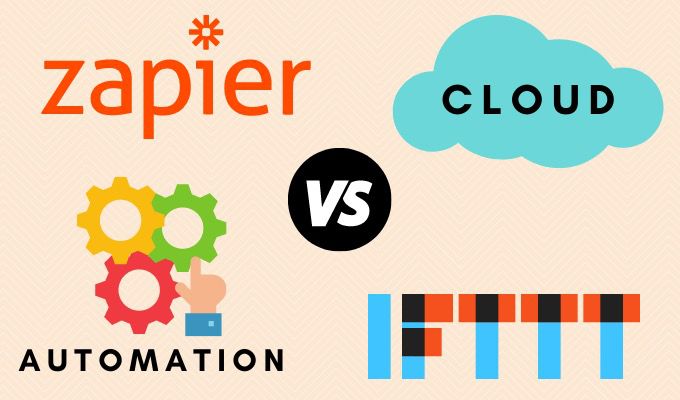
In this review we’ll take a close look at both services and compare them in terms of cost, supported cloud apps and services, and ease of use.
Zapier vs IFTTT: Why Switch?
If you’ve logged into IFTTT lately, you may have noticed that you can’t create any new applets if you’ve created more than three of them on your account.
This is because to continue using unlimited applets, you need to upgrade to IFTTT Pro, which will normally cost $9.99/mo. However for a very limited time, IFTTT is letting existing accounts upgrade to IFTTT Pro by “setting your own price”, for as low as $1.99/mo. IFTTT promises to honor that price “indefinitely”.


But if you’ve been enjoying IFTTT up until now mostly because it was free, is it probably time to make the jump over to Zapier?
Let’s place the two services head to head and see which comes out on top.
Supported Apps: Zapier Supports 4x More Apps
When it comes to how many services you use that you can automate, there’s really no comparison.
If you explore all supported apps on IFTTT, you’ll see just over 500 available services you can connect with.

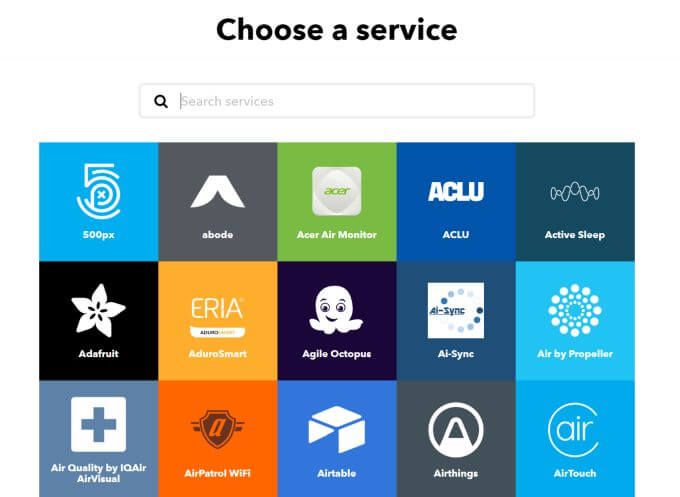
However, when you select Explore at Zapier, they bring you to a page where you can search through over 2,000 apps by category.

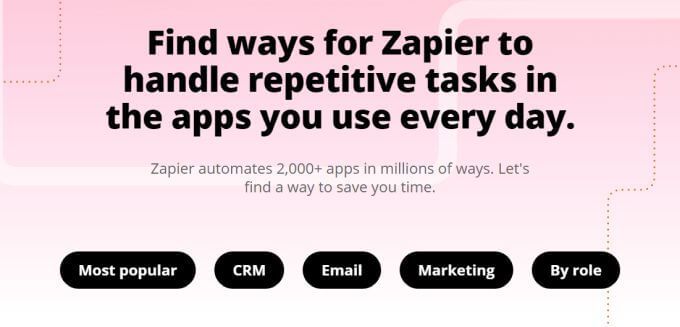
On both Zapier and IFTTT, you’ll find all of the most popular services like Google apps, social accounts like Facebook and Twitter, and most major cloud storage services.
Where Zapier breaks out ahead is really in the kind of customer relationship management (CRM) and marketing services that larger businesses typically care about.
IFTTT also failed considerably when they cut Gmail triggers completely from their offerings when Gmail recently changed its back-end code for third-party services. Today, if you search for Gmail triggers in Zapier, you still find plenty of flexible automations you can trigger.


When you search for Gmail to trigger an applet at IFTTT on the other hand, IFTTT comes up short.

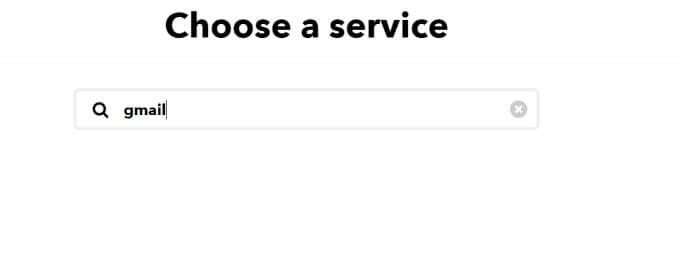
This implies that Zapier engineers are a bit more proactive and regularly update applet code to incorporate any changes required to integrate with your cloud services.
Now that IFTTT is charging its users for using its services, it’s possible they may one day catch up in this regard. But as of today, IFTTT only offers a fraction of integrations with cloud services that Zapier does.
Ease of Use: IFTTT Is Intuitive, Zapier Is Flexible
The process to create an applet (what IFTTT calls their automations) is literally a click-by-click solution.
The interface walks you through each step of the process one screen at a time using the well-known This and That approach.

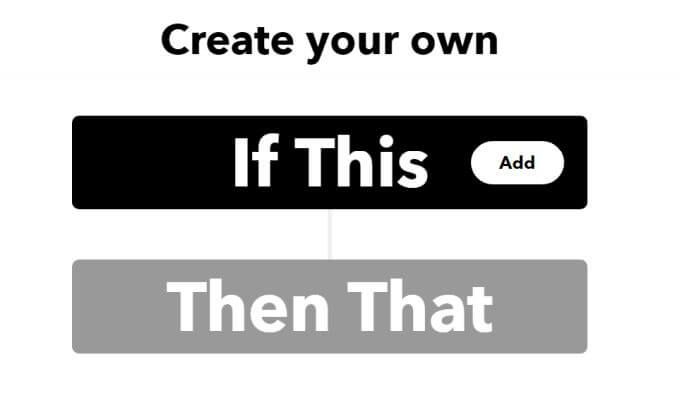
Basically, “This” is the triggering service and event, and “That” is what you want to happen when the trigger takes place.
You start by selecting Add on the If This block, and then define the parameters you want to use to initiate the trigger.


The same is true when you select a trigger service. In this example, you can add a new row to a Google Sheet whenever a specific SMS containing certain words arrives on your Android phone.

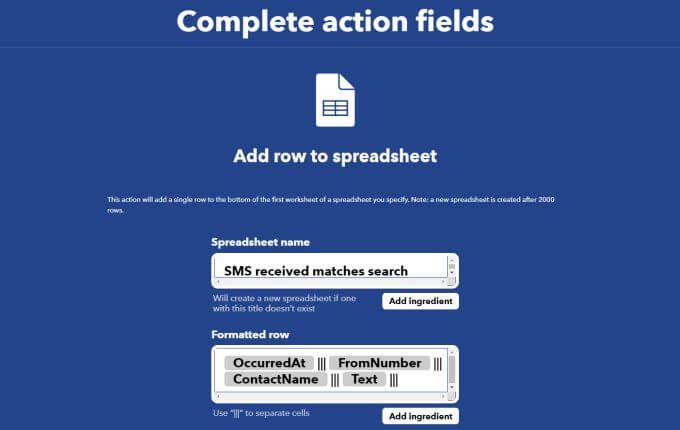
In IFTTT, each step of the process is one big screen, with a huge font that fills the screen, and fields you fill out specific to just the step you’re working on.
It’s an approach that caters to people who may not be very technically savvy, but who may be able to follow very simple, basic steps.
Zapier, on the other hand, takes a slightly more complex approach. When you select Make a Zap in Zapier, the process starts out similar to IFTTT. You search for the service you want to use as a trigger and select it to get started.
The first step is usually to select from a list of available events the Zapier is capable of picking up from that service.


Once you select the trigger event and select Continue, you may need to enter a few details to make the triggering event a little more specific for what you’d like to trigger on.
Zapier conducts a test at each phase in the process to ensure it can pull the data you’re asking it to from the cloud service.


The process then moves down the chain, as you select the cloud service you want to do something on in response to the trigger you just configured.
Zapier lets you customize the actions you take with the second cloud service based on specific data it was able to pull from the first cloud service you used to trigger the “Zap”.

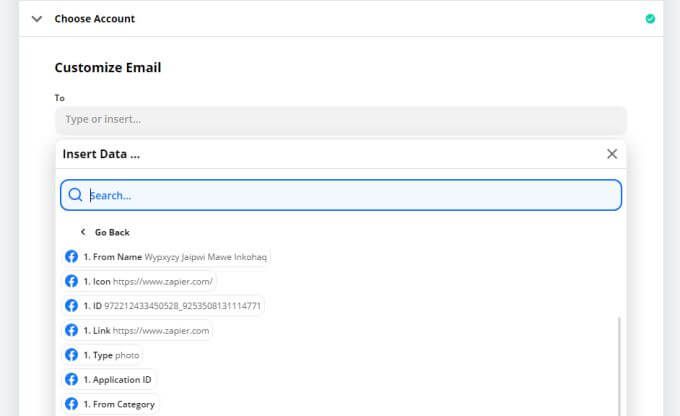
You will typically find that Zapier’s available data you can use in each Zap is much more extensive and flexible than IFTTT. IFTTT usually only provides very specific, preformatted details limited to the most common pieces of data people may want to use.
For example if you’re triggering an email to your Gmail account every time someone posts something to your Facebook page, Zapier lets you pull in things like:
- Application ID
- Created time
- Category or type of post
- Much more…
While IFTTT may be limited to just a few things like the post message and the name of the person who posted.
You’ll find this is the difference with most automations you create with Zapier vs IFTTT.
Price: Zapier Is Almost Twice as Expensive
The old saying, “You get what you pay for” is very applicable here. While Zapier may have four times as many apps you can integrate than IFTTT, and those integrations are far more detailed and extensive, the downside is that you’re going to have to pay nearly twice as much a month for that privilege. The Starter plan with Zapier is just under $20/mo, while IFTTT’s unlimited plan costs $9.99/mo.


And if you take advantage of IFTTT’s introductory offer, the monthly savings could be much greater.
Final Verdict: Zapier Vs IFTTT
Either service does an excellent job with cloud automation. The final decision really boils down to how complex you need to make your automations and whether IFTTT integrates with the services you need it to.
Zapier does offer a Free tier where you get 100 tasks a month to play around with the service. So you could always give it a try and see if it’s worth the extra money.
If not, IFTTT’s current pricing is well positioned for people who want cloud automation but aren’t ready to invest in the prices Zapier is currently asking.
